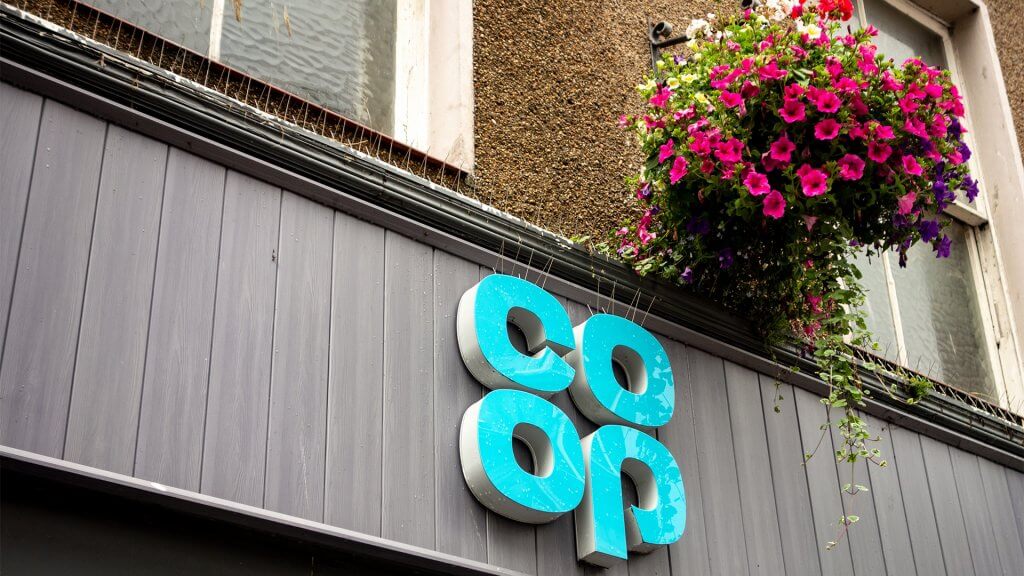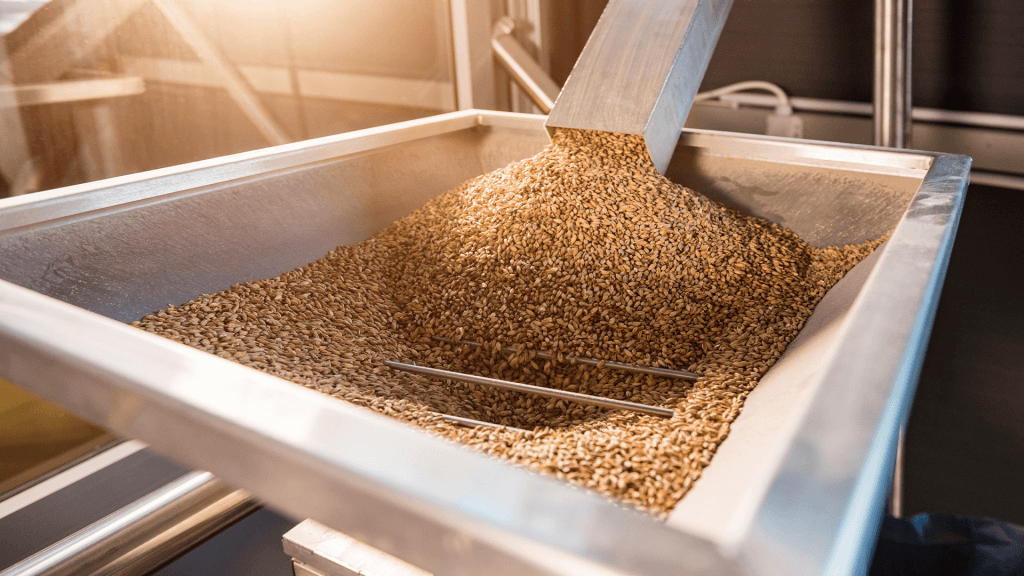The vital steps involved in businesses moving production back to their home country have been outlined by top academics from BI Norwegian Business School and Norwegian University of Science and Technology (NTNU). When a business moves the production of goods and services back to their home country, this is known as ‘backsourcing.’
Outsourcing, moving the production of goods and services from high-cost to low-cost countries, has been a trend for many years. However, some companies are experiencing disadvantages when producing abroad and, with the ongoing pandemic as well as Brexit, the challenges of global supply chains have become much clearer. Organisations may decide to backsource due to problems with foreign suppliers, coordination costs, lack of infrastructure, or changes in their home country.
Professor Hans Solli-Sæther (from NTNU) and Professor Jan Terje Karlsen (from BI) studied a company which successfully moved parts of production back to their home country. They identified a four-phase process which a company can follow to successfully backsource:
1. The Initial Phase
If an event occurs that triggers the possibility of moving production home, companies should have an exit strategy. However, if there is no prepared plan, the company must start making long-term plans to identify whether there is a need to make changes in the production process and suppliers.
2. The Scoping Phase
Companies must decide which products and services should be moved home, as well as terminate relevant contracts with existing suppliers. Also, if certain parties have collaborated in research and development, it must be clarified how rights between parties should be handled.
3. The Re-Integration Phase
It must be addressed what is required to resume production at home and what changes need to be made to buildings or facilities. Also, it may have been a long time since production was handled at home, so there might be a lack of relevant expertise in the organisation. Therefore, it is important to look at what skills will be needed.
4.The Evaluation Phase
The final stage involves assessing whether the company has achieved what they expected by moving home and whether there are new reasons to move production abroad again. Employees from different parts of the organisation can come together for a joint evaluation on this.
Professor Jan Terje Karlsen says,
“There are a number of reasons why a company might move production back home but some conditions can make it difficult in practice. This includes higher costs in the home country, lack of qualified labour, or challenges related to suppliers. Internal conditions can also hinder the process including lack of capacity to handle production or finding manufacturing products in their own production facilities difficult.”





























